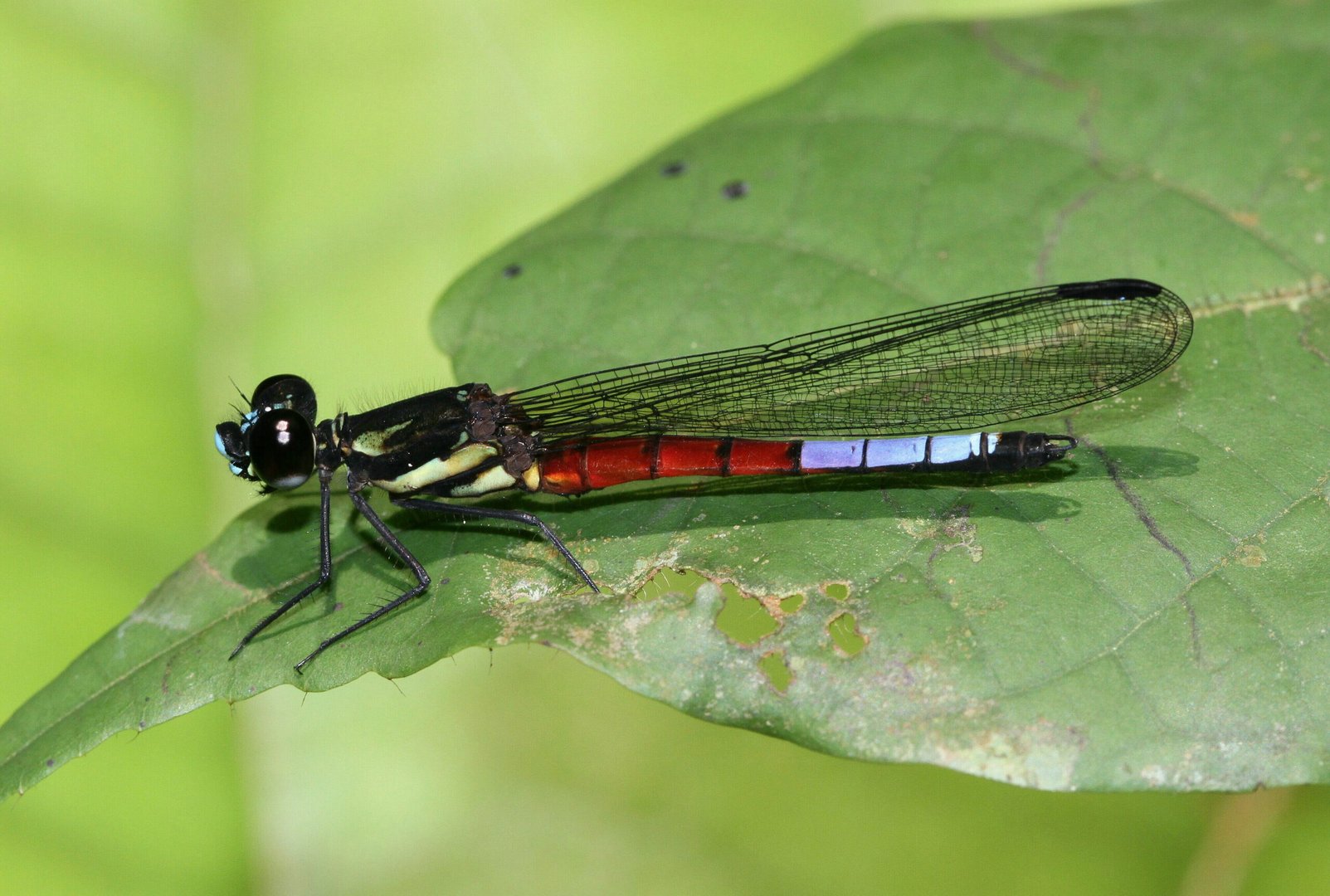By Emma Farge
Nearly a fifth of dragonflies, insects that play a role in managing diseases by gobbling mosquito larvae, are at threat of extinction due to habitat destruction, the latest Red List of Threatened Species showed on Thursday.
In the first global assessment of dragonflies and the more slender damselflies, the International Union for Conservation of Nature (IUCN) found that at least 16 per cent out of some 6,000 identified are vulnerable, endangered or critically endangered.
The data on dragonflies are part of the Swiss-based organisation’s latest list featuring more than 40,000 species plants, animals and fungi, 28 per cent of which currently face extinction.
Viola Clausnitzer, a biologist who has studied dragonflies for decades, called the IUCN findings a “warning sign” and said she feared that a much higher portion of them were endangered since many could not be assessed due to data gaps.
“We do not know how many small pieces from the entire ecosystem we can kick out – that’s what we are now doing – until the whole ecosystem collapses,” said Clausnitzer.
Scientists view dragonflies as a key indicator of the health of marshes, swamps and rivers. More than a third of wetlands have been lost since 1970 – a rate three times that of forests, according to a 2018 study https://www.global-wetland-outlook.ramsar.org by the Ramsar Convention, as part of a trend also imperiling frogs and otters.
“There is this perverse attitude around the world that wetlands are there to be reclaimed and made more habitable for humans,” Craig Hilton-Taylor, head of the Red List unit, told Reuters. “That’s not reclamation, that’s destruction.”
Reducing the number of wetland predators like dragonflies leads to higher numbers of mosquitoes which can carry diseases like malaria and dengue fever in warm climates. They are also food for birds and amphibians.
The iridescent insects’ extraordinary flying agility, attributed to their capacity to propel their four wings independently, is also of interest to some researchers using the insects as models for flying robots.
The same Red List update, the third this year, moved the river-dwelling Pyrenean desman from the “vulnerable” to the “endangered” category due to habitat loss. This mole-like creature, with webbed feet and a snorkel-like nose, is believed to have been once abundant across Europe but just two species now remain.









Click here to change your cookie preferences